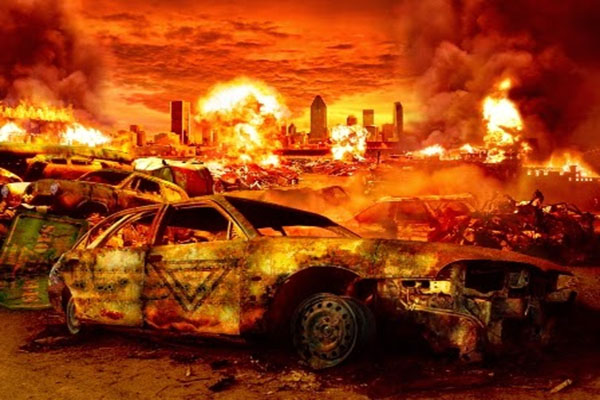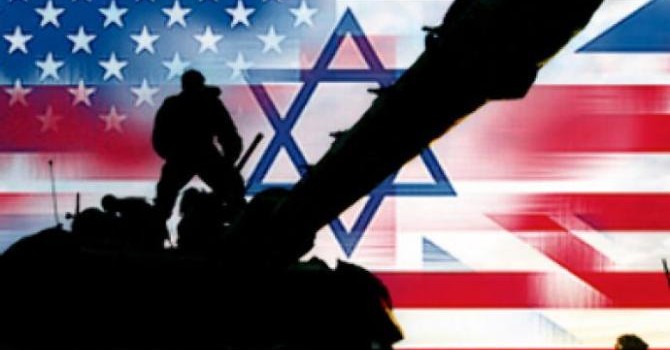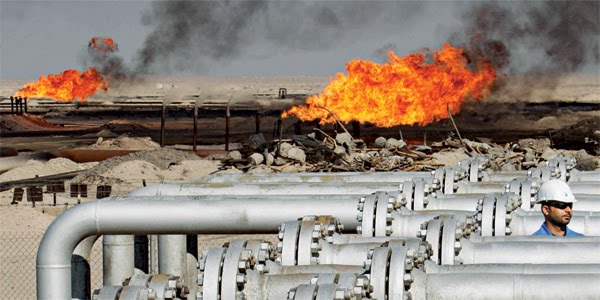Military plans:-
Although at present the notion of a Third World War remains in the realm of fiction for most of the civilian populations of the world, military planners have been war gaming various scenarios, preparing for the worst, since the early days of the Cold War. Some of those plans are now out of date and have been partially or fully declassified:
Plan Totality:-
“Plan Totality” was a nuclear plan established by US General Dwight D. Eisenhower on the direction of President Harry S. Truman after the end of Potsdam Conference.
The plan envisioned a nuclear attack on the Soviet Union with 20 to 30 atomic bombs. It earmarked 20 Soviet cities for obliteration in a first strike: Moscow, Gorki, Kuybyshev,Sverdlovsk, Novosibirsk, Omsk, Saratov, Kazan, Leningrad, Baku, Tashkent, Chelyabinsk, Nizhny Tagil, Magnitogorsk, Molotov, Tbilisi, Stalinsk, Grozny, Irkutsk, and Yaroslavl.
Operation Unthinkable:-
British Prime Minister Winston Churchill was concerned that, with the enormous size of Soviet forces deployed in Europe at the end of WWII and the unreliability of the Soviet leader Joseph Stalin, there was a serious threat to Western Europe. In April–May 1945, British Armed Forces developed Operation Unthinkable, thought to be the first scenario of the Third World War. Its primary goal was “to impose upon Russia the will of the United States and the British Empire”. The plan was rejected by the British Chiefs of Staff Committee as militarily unfeasible.

Exercise Swarmer:-
Exercise Swarmer (1950) involved training for an invasion of the continental United States by enemy forces with defending forces counterattacking the ‘enemy incursion’ via a massive airlift behind enemy lines. The counterattack involved establishing an airhead, involving over six hundred transport and fighter aircraft, and airdrops of over 3900paratroopers from the 82nd Airborne Division and the 11th Airborne Division.
Operation Dropshot:-
“Operation Dropshot” was the 1950s United States contingency plan for a possible nuclear and conventional war with the Soviet Union in the Western European and Asian theaters.
At the time the US nuclear arsenal was limited in size, based mostly in the United States, and depended on bombers for delivery. Dropshot included mission profiles that would have used 300 nuclear bombs and 29,000 high-explosive bombs on 200 targets in 100 cities and towns to wipe out 85% of the Soviet Union’s industrial potential at a single stroke. Between 75 and 100 of the 300 nuclear weapons were targeted to destroy Soviet combat aircraft on the ground.
The scenario was devised prior to the development of intercontinental ballistic missiles. It was also devised before Robert McNamara and President Kennedy changed the US Nuclear War plan from the ‘city killing’ countervalue strike plan to “counterforce” (targeted more at military forces). Nuclear weapons at this time were not accurate enough to hit a naval base without destroying the city adjacent to it, so the aim in using them was to destroy the enemy industrial capacity in an effort to cripple their war economy.

Originally posted 2015-07-18 18:03:59. Republished by Blog Post Promoter












